-
Modern technology for safe and precise dental implants
3D implant planning
3D implant planning
Modern technology for safe and precise dental implants

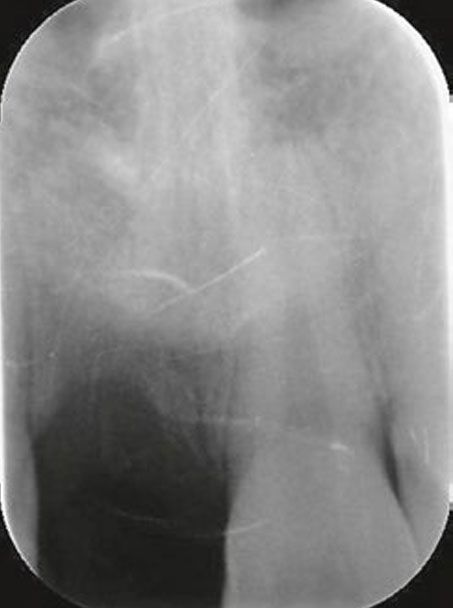
In addition to conventional methods, more and more modern procedures such as navigated implantology are being used in implantology.
Our method enables dental implants to be inserted accurately, safely and gently into the jaw. In our practice for oral and maxillofacial surgery in Berlin Mitte we work with navigated implantology in order to achieve optimal results for our patients.
Simulation and planning of the procedure
First, an image of the jaw is taken. For this we use state-of-the-art Digital Volume Tomography (DVT). After which, a computer-generated three-dimensional image of the patient’s anatomical jaw and tooth conditions is created.
This allows the surgeon to obtain important information about the existing individual conditions prior to the procedure, and to simulate and plan the insertion of the implant precisely. The 3D images provide information on the shape and density of the jawbone, the position of nerves and maxillary sinuses and thus facilitate the planning of the procedure. This makes it possible, for example, to determine in advance whether additional bone augmentation is necessary or whether the jawbone is sufficient for implantation.
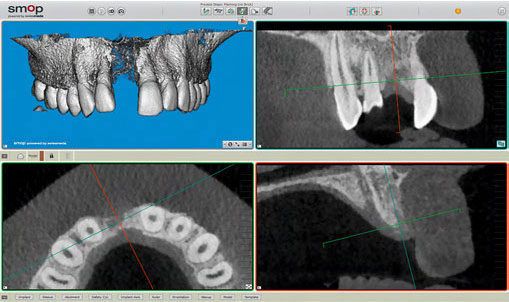
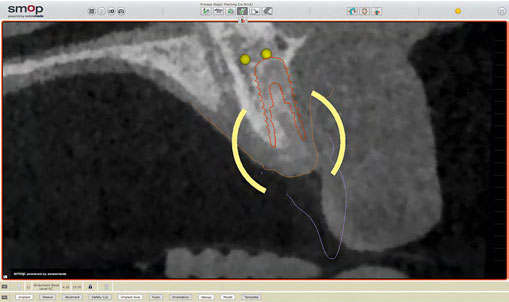




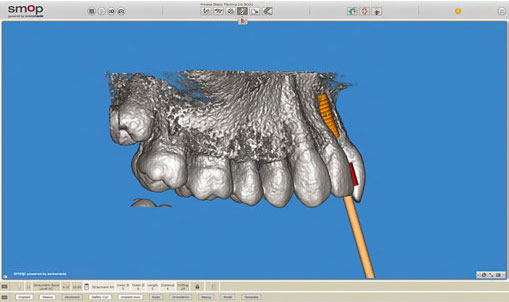

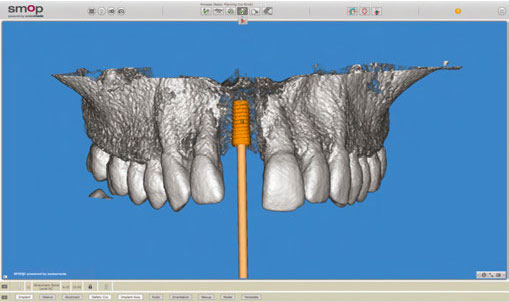

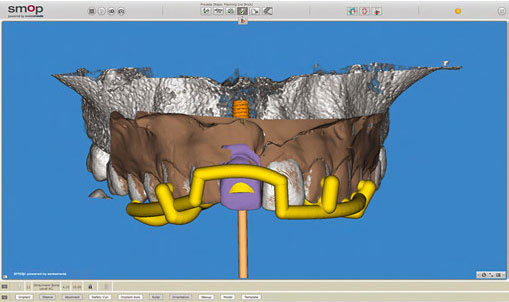

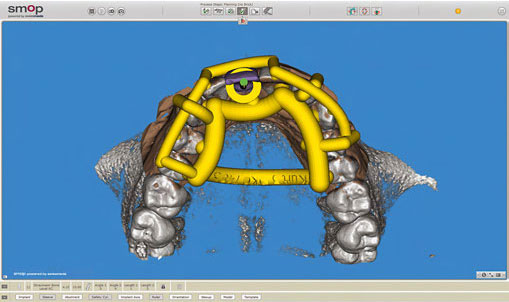
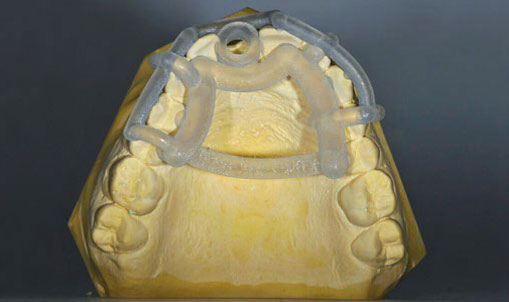
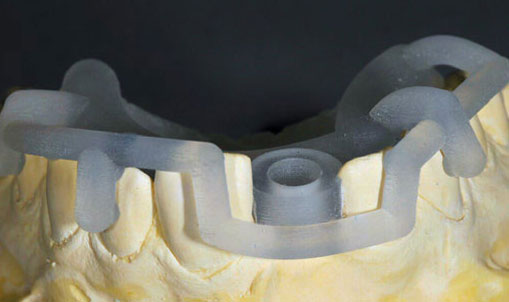
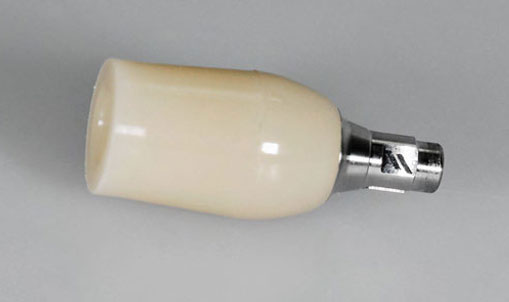

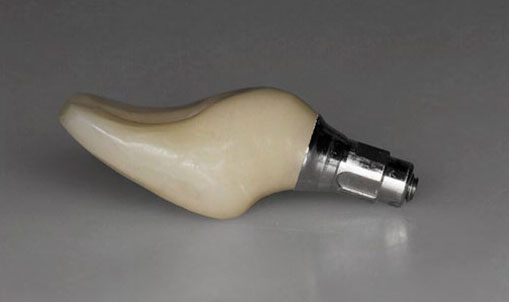

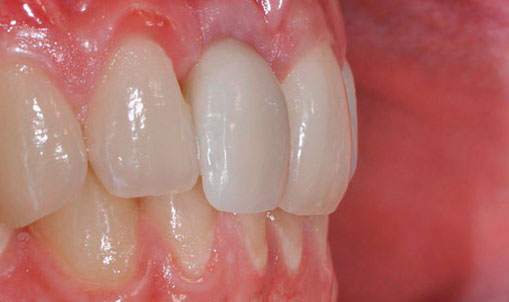
What is navigated implantology?
The optimal implant position is determined on the basis of 3D planning. The 3D data is also used for the fabrication of an implant template using CAD/CAM procedures.
This template navigates the procedure in the patient’s mouth during surgery, which is why it is referred to as “navigated implantation”. When the implant is inserted into the jaw, the implantation template serves as a guide for the drill, navigates the procedure and determines the exact position of the implant, the drilling depth and the drilling angle for the procedure.
On the right you can see: SMOP’s planning surface with the finished planned case and constructed drilling template.
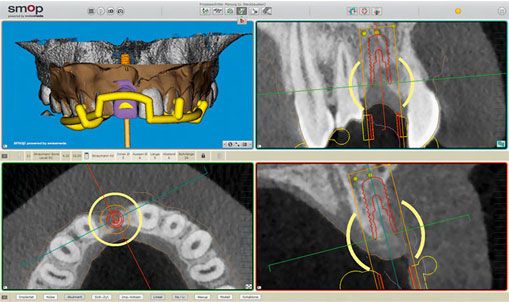
What are the advantages of navigated implantology?
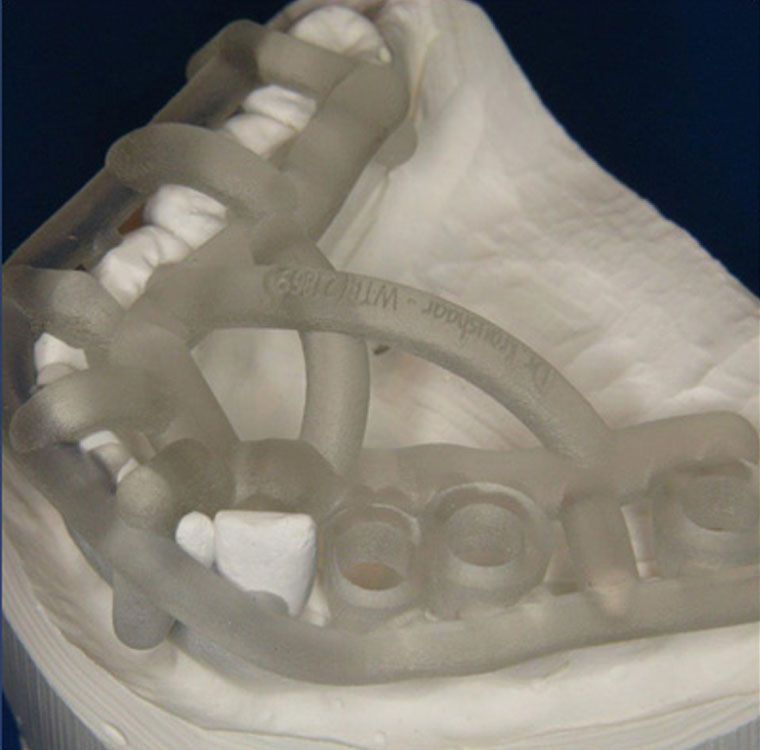

Navigated implantology has the following advantages:
- More precise assessment and planning via 3D simulation
- Exact planning of complex implant cases (so-called backward planning)
- The implant is precisely positioned with the aid of a computer and thus leads to an esthetically high-quality result
- Safe protection of sensitive structures (e.g. nerve tracts, blood vessels)
- Best possible use of the jawbone
- Gentle procedure thanks to minimally invasive surgery, which promotes faster wound healing
- Shortened operating and treatment time
What can you expect from the treatment?
Before the procedure, we will discuss with you how the new tooth should be shaped and take your wishes into account. In this context, we will determine the optimal shape and colour of your dental implant. Our dental technician will make a model (wax-up) based on the mutually agreed specifications, which you can examine before the procedure. We use a copy of the model as a scanning template. The scan template is required for a three-dimensional X-ray image (DVT = digital volume tomography). You carry the scanning template in your mouth during the DVT scan. On the DVT images, the new tooth can already be recognised in its position. The DVT image now forms the basis for planning the procedure on the computer and producing an implantation template. In the next step, the implant is inserted and navigated.

Inserting implants – this is how the treatment works
The model and three-dimensional X-ray image were taken, the procedure is planned on the computer and the implantation template is made. Now the implant can be inserted and navigated with the help of the implantation template. The implantation template serves as a guide or drilling template, which makes exact positioning of the implant possible.
The implant must then heal into the jawbone and gums. Your doctor will provide you with a temporary solution for the duration of the healing process. Once healing is complete, the crown desired by the patient is placed.
Dr. med. Sven Heinrich
Specialist practice for oral and maxillofacial surgery
Do you have any further questions or would you like advice on navigated implantology?
Talk to us, in our practice for oral and maxillofacial surgery we will gladly take care of your carefree smile.
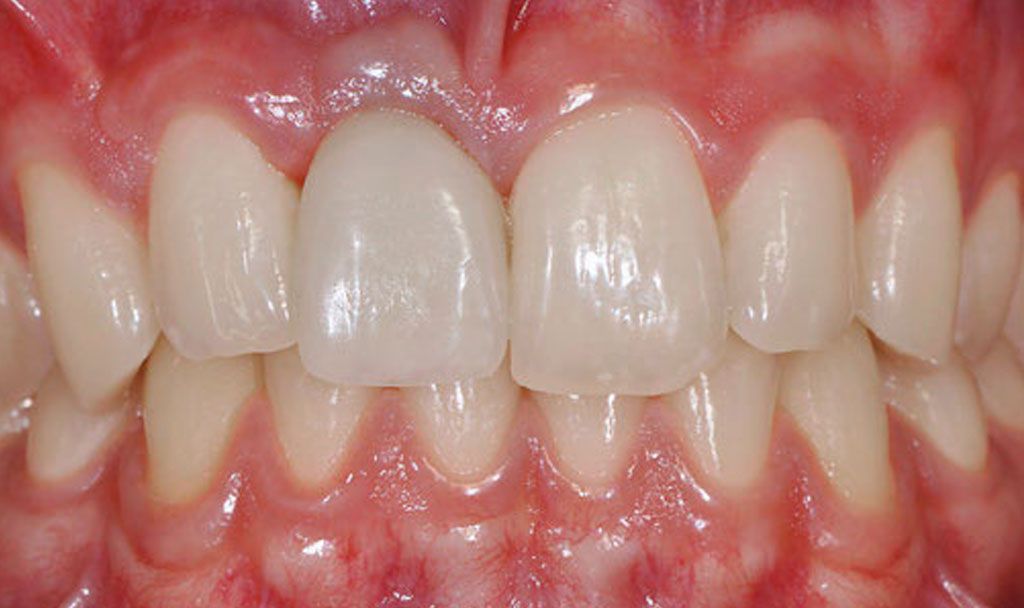
This might also be of interest to you
Dr. med. Sven Heinrich
Specialist for oral and maxillofacial surgery
plastic and aesthetic operations
– Focus of activities: implantology –
Address:
Friedrichstraße 63
(Entrance Mohrenstraße 17)
10117 Berlin
Opening hours
Mo. to Thu.:
08:00 – 18:00 o’clock
Friday by arrangement
Contact us
Phone: +49 (0) 30 / 84 52 48 88
Email: post@dr-heinrich.berlin
Appointment: arrange here



